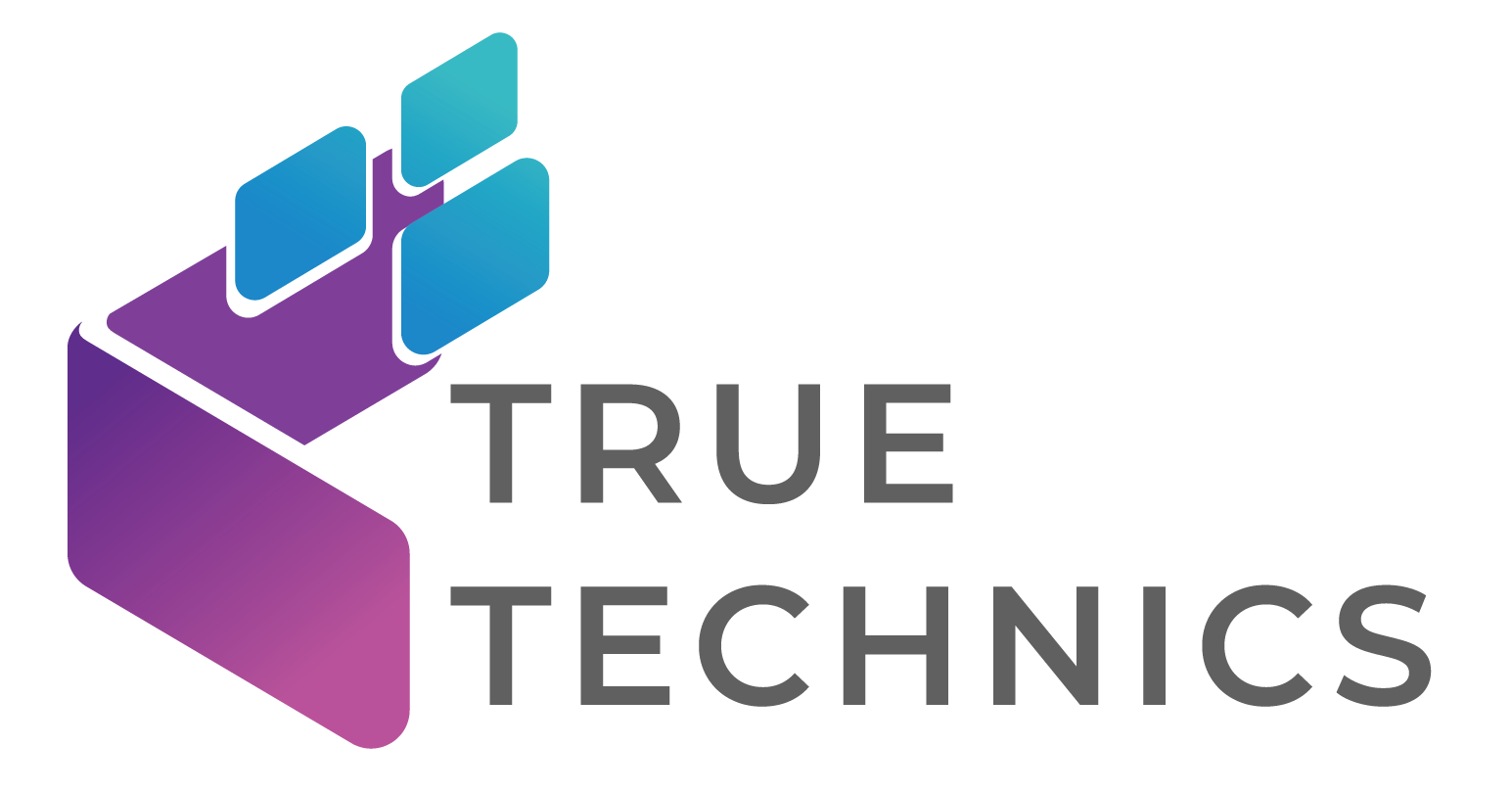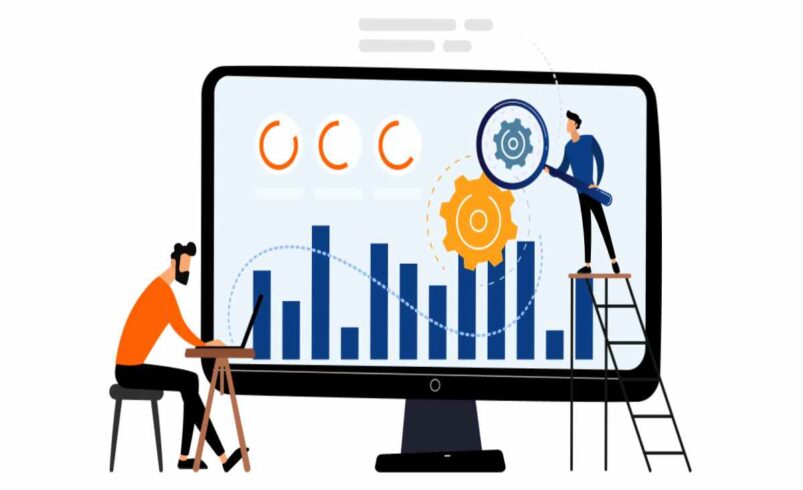What do you think is the best way to balance work productivity and security in a hybrid and remote work landscape? While we understand that employee monitoring can improve data security and workflow efficiency, wouldn’t it also create a rather invasive work culture?
That is why thoughtful implementation of an employee monitoring program is essential to prevent the buildup of distrust and resentment. What you need to do is employ monitoring as an empowering tool, promoting trust and transparency. Here’s a step-by-step guide to achieve that.
Monitoring Program without Destroying Company Morale
Step 1: Define clear, justifiable business goals
Before you even start looking for an ideal monitoring solution, ask yourself: “Why do you need this?” If it is for vague reasons, say, “to see if employees are truly being productive,” it will only lower workplace morale.
Your goals and purposes must be clear, specific, measurable, and business-oriented, such as:
- Tightening data security to safeguard sensitive client and company information from internal and external threats.
- Boosting operational efficiency to determine process bottlenecks and areas where better tools or training might be needed.
- Ensuring consistent compliance with strict regulatory requirements, depending on the business (finance or healthcare).
- Supporting remote teams by understanding how remote work functions to provide sufficient resources and motivation.
Knowing the “why” of your needs provides the clarity about which tool to choose, how to communicate it, and how to interpret the data.
Step 2: Involve legal and HR from the outset
Employee monitoring and privacy laws differ greatly by country and state. Involving your Legal and Human Resources departments early in the process will help avoid costly litigation while ensuring ethical practices are followed.
How will they help? In general, they will address:
- Consent and disclosure: What are the legal requirements for informing employees?
- Data privacy: How will collected data be retained, secured, and eventually deleted? Several regulations (GDPR (EU), CCPA (California), and others) grant employees significant rights over their data.
- Purpose limitation: Ensure that the collected data is used only for the pre-defined business purposes and not for unrelated disciplinary action or micromanagement.
- Policy update: Formalize the employee monitoring program in the official company policy as an amendment to the employee handbook.
This step ensures the lawful and ethical foundation of your monitoring program, supporting both the company and its employees.
Step 3: Choose the least invasive tool
Yes, your chosen tool needs to have features that align with your business goals. For instance, you don’t need a keystroke logging feature for data security, and no screen recording if your purpose is process efficiency. But if you still activate them, it leads to invasive monitoring.
Hence, focus on productivity insights. Platforms like Insightful.io exemplify this approach. Rather than wasting resources on tracking every click, leverage application and website usage to gain activity insights and overall work patterns, all while respecting employee privacy.
You should choose tools that offer features, like:
- Work pattern analysis to identify peak productivity hours for schedule-focused work.
- Project time tracking for optimal resource allocation and project costing.
- Summarized activity levels to achieve team-level insights without broadcasting every worker’s minute-by-minute activity.
Step 4: Announce the program with absolute transparency
Not only does this step comply with necessary protocols, but it’s also fundamental to employee rights. You must inform all stakeholders of the company regarding the implementation of a new monitoring program, either through a company-wide meeting, a detailed email from leadership, or offering Q&A sessions.
Your communication must transparently address:
- The ‘Why’: Honestly and clearly explain the business goals for this decision.
- The ‘What’: List every detail that will and will not be monitored. Will it include screen captures? If so, are they blurred? Be thoroughly specific.
- The ‘How’: Explain when and how the data will be collected and used.
- The Policy: Provide the new formal policy, obtain voluntary consent, and require employees to review and acknowledge it.
Such transparency helps dismantle the culture of fear that often hides in every work culture.
Step 5: Train managers on using data constructively
You may have chosen the best monitoring tool befitting your business requirements. But what if your managers and supervisors are untrained? They cannot leverage the full potential of either the tool or its data. What should have been a catalyst for empowerment and a supportive work dynamic would turn into a punitive one.
Therefore, efficiently training managers will enable them to:
- Focus on trends, not individuals: Understand team-wide patterns. Is a certain app causing productivity drops? Is one team consistently overwhelmed?
- Use data as a starting point: Instead of “The software says you were unproductive,” a trained manager would rather say, “I noticed the project completion took longer than expected. Were there any obstacles, or do you need additional resources?”
- Identify and remove barriers: Managers can leverage the collected data to detect friction points, such as inefficient software, unclear processes, or a need for additional training, and act responsively to fix them.
Your ultimate goal is to support employee empowerment, not catch them failing and punishing them.
Step 6: Continuously collect and respond to employee feedback
A thorough and successful implementation is not enough. To truly maintain morale in the long run, you also need feedback loops. For that:
- Conduct anonymous surveys to gather employees’ thoughts on the program after a few months of implementation.
- Create a channel for concerns where employees can raise questions or express any discomfort about the program to HR anonymously.
- Be willing to adapt: If the majority of feedback highlights unforeseen issues or concerns, your policies or communication must be adaptable. This shows employees that their voices are heard and valued.
Last thoughts
Implementing employee monitoring to boost security and efficiency is all good. But you must also ensure maintenance of workplace morale during the process. By following the above framework, you can build a workplace where employees feel valued. Ultimately, the most valuable yet fragile asset is building organizational trust, with a thoughtful monitoring strategy serving to strengthen that trust.


